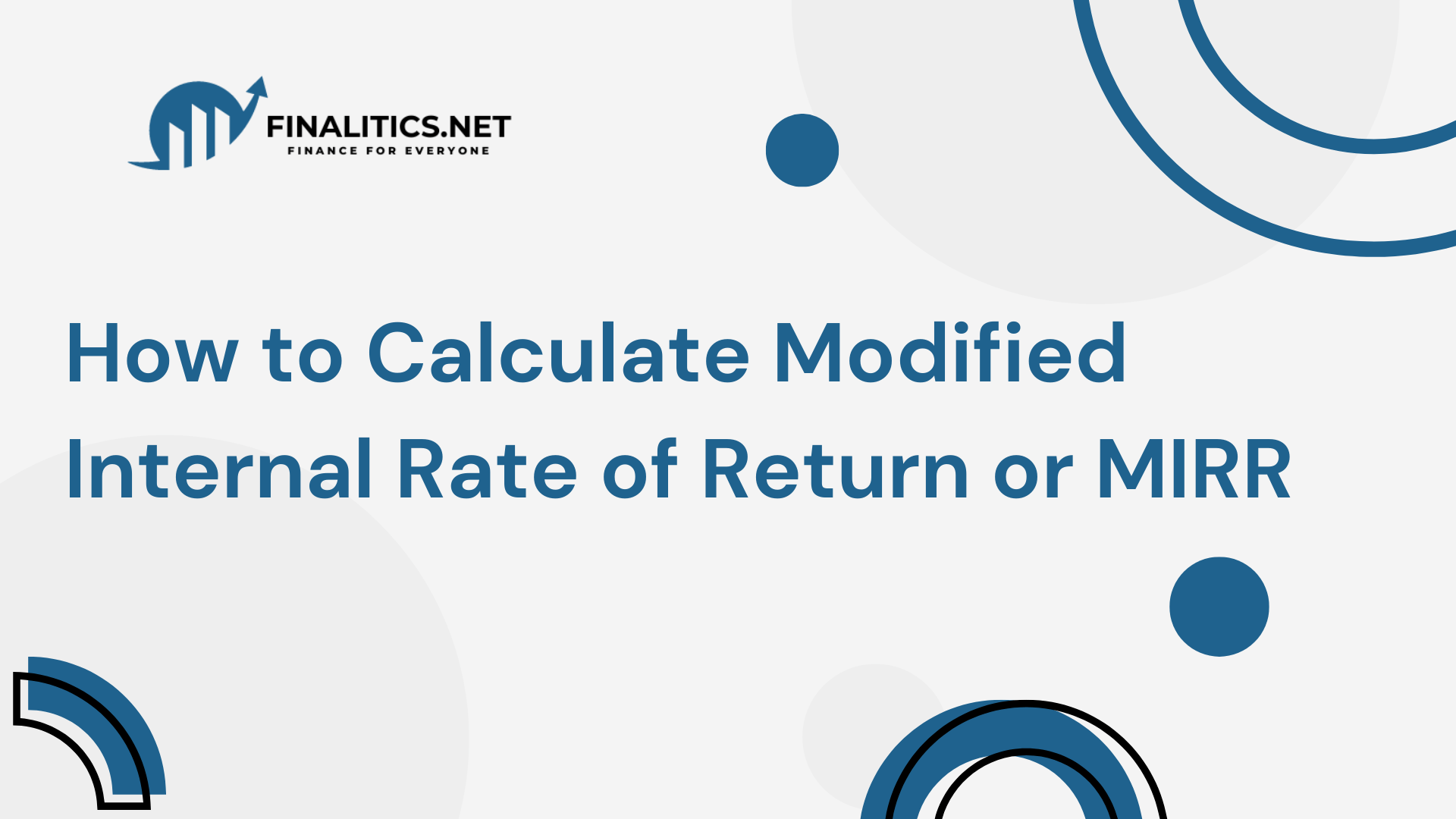What is the Operating Margin Ratio?
The Operating Margin Ratio is a profitability metric that measures how much operating profit a company generates for every dollar of sales. It is calculated by dividing a company’s operating income (or EBIT – Earnings Before Interest and Taxes) by its total revenue (or sales).
This ratio provides critical insight into how efficiently a company is managing its core business operations. Unlike other profitability ratios, the Operating Margin Ratio excludes the impact of non-operational factors such as taxes and financing costs, focusing solely on operational efficiency.
Table of Contents
- What is the Operating Margin Ratio?
- Why Do Companies Calculate the Operating Margin Ratio?
- How to Calculate the Operating Margin Ratio?
- Improving the Operating Margin Ratio
- Example: Comparing Two Companies
- Key Takeaways
- Conclusion
Why Do Companies Calculate the Operating Margin Ratio?
- Evaluate Operational Efficiency:
- The ratio shows how well a company converts its revenue into operating profit. A higher ratio indicates better control over costs and expenses.
- Benchmarking:
- Companies compare their operating margin to industry averages or competitors to assess relative performance.
- Identify Cost Management Issues:
- A declining or low operating margin may indicate inefficiencies, such as high production costs, overhead, or pricing issues.
- Assess Financial Stability:
- Investors and creditors use the operating margin to evaluate a company’s financial health and its ability to withstand economic fluctuations.
- Aid Decision-Making:
- Management uses the ratio to make decisions on cost-cutting, pricing strategies, and operational improvements.
How to Calculate the Operating Margin Ratio?
The formula for the operating margin ratio
Interpretation:
1. Allied’s Operating Margin:
- Allied’s operating margin is 9.5%, meaning it retains $0.095 in operating profit for every $1 of sales.
2. Comparison to Industry Average:
- The industry average is 10%, so Allied’s operating margin is slightly below average, indicating room for improvement in cost management.
3. Operational Challenges:
- A lower-than-average margin suggests Allied may have higher operating expenses, such as:
- High production costs: Overhead, raw material costs, or inefficient processes.
- Pricing challenges: Inability to charge competitive prices due to market competition or customer demand.
4. Potential Impacts:
- Lower operating margins reduce Allied’s ability to:
- Cover non-operating costs (e.g., interest payments).
- Reinvest in growth opportunities.
- Provide higher returns to shareholders.
Improving the Operating Margin Ratio
- Cost Reduction:
- Streamline operations by adopting more efficient technologies.
- Renegotiate supplier contracts or reduce raw material waste.
- Revenue Growth:
- Increase sales volume through marketing or product diversification.
- Enhance pricing strategies to improve profitability per sale.
- Focus on Core Operations:
- Divest underperforming divisions or products to concentrate on higher-margin activities.
- Operational Efficiency:
- Train employees to increase productivity.
- Implement lean manufacturing practices to reduce waste.
Example: Comparing Two Companies
Company A:
- Operating Income: $500,000
- Sales: $2,000,000
Company B:
- Operating Income: $300,000
- Sales: $2,000,000
Analysis:
Company A has a higher operating margin (25%) compared to Company B (15%), indicating better cost control and operational efficiency.
Key Takeaways
1. Ideal Operating Margin:
- The ideal margin varies by industry. For example:
- Tech companies may have higher margins due to low variable costs.
- Retail or manufacturing industries typically have lower margins due to high operating expenses.
2. Focus on Trends:
- Consistently declining margins signal operational inefficiencies or cost management issues that need addressing.
3. Comprehensive Assessment:
- The Operating Margin Ratio should be evaluated alongside other profitability and efficiency metrics to get a holistic view of financial health.
Conclusion
The Operating Margin Ratio is a vital tool for assessing a company’s operational efficiency and profitability. By showing how much profit is generated from each dollar of sales, it helps stakeholders evaluate cost management, pricing strategies, and financial health. For companies like Allied Industries, a 9.5% margin highlights the need to improve efficiency and reduce operating costs to align with or surpass industry benchmarks. Ultimately, monitoring and optimizing the Operating Margin Ratio ensures sustainable growth and long-term success.

